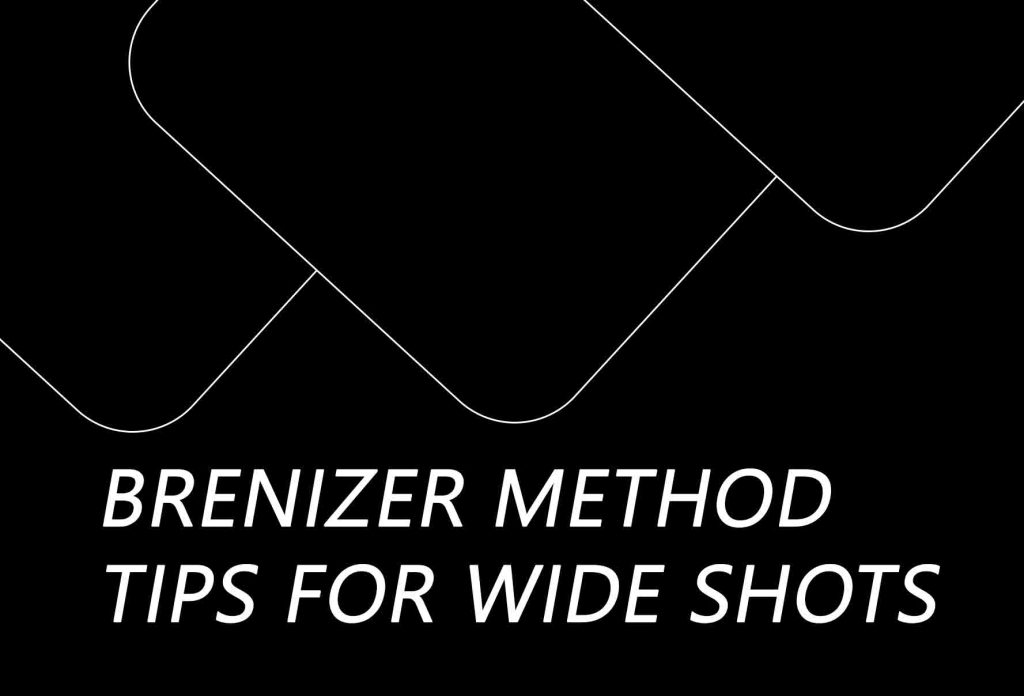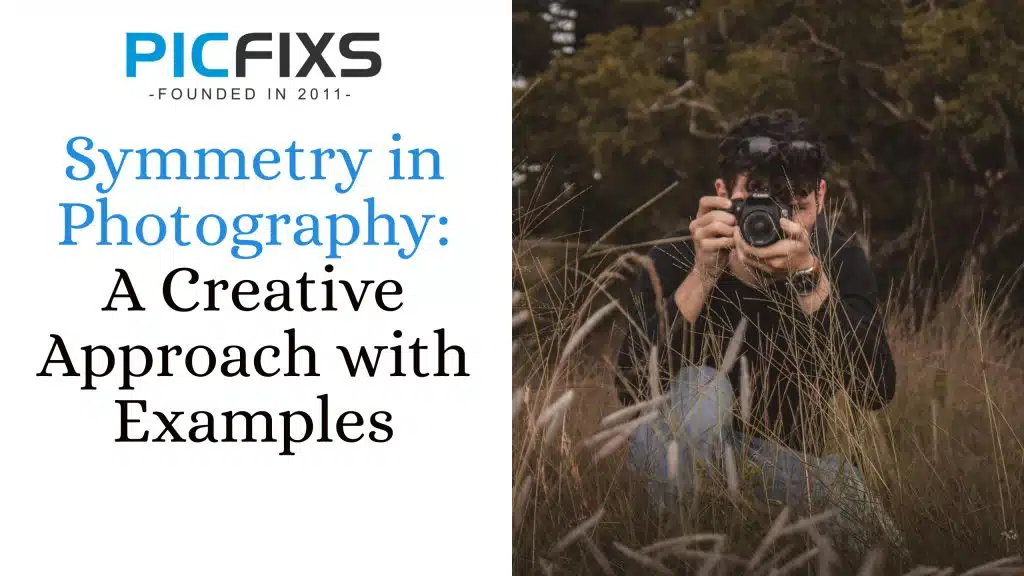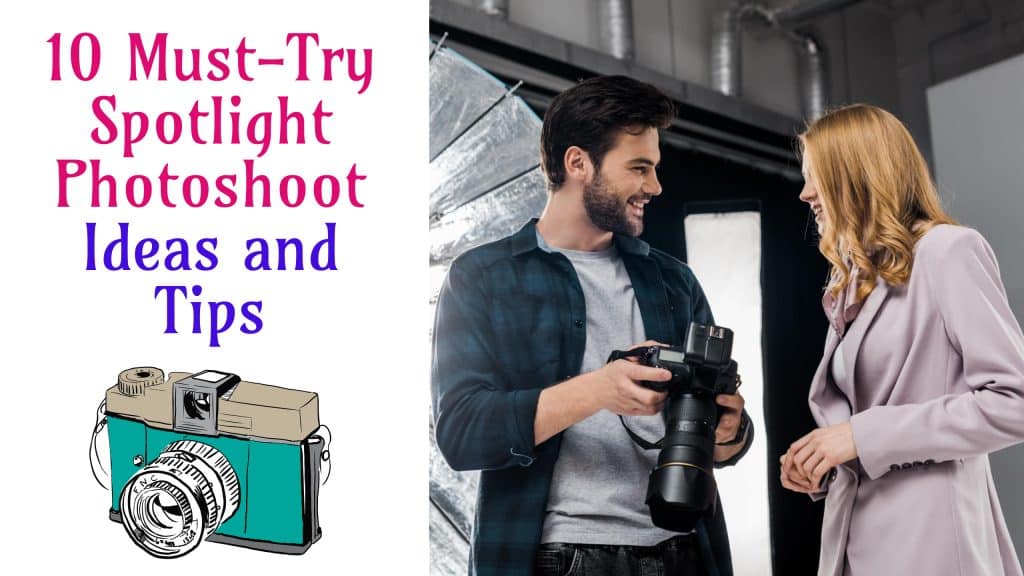The Brenizer Method, also known as bokeh panorama or bokehrama, is a photographic technique that involves creating a wide-angle image with a shallow depth of field by stitching together multiple images. This method allows you to achieve a look similar to that of a wide-angle lens with a fast aperture, even if you’re using a lens with a narrower field of view. Here are some tips for using the Brenizer Method for wide shots:
Brenizer method tips for wide shots
Use a fast prime lens
Choose a lens with a wide aperture (low f-number), preferably a fast prime lens. Lenses with apertures like f/1.4 or f/1.8 work well for this technique because they allow more light to enter the camera and provide a shallower depth of field.
Shoot in manual mode
Set your camera to manual mode to have full control over your exposure settings. Consistent exposure across all shots is crucial for successful stitching.
Focus on the subject
Ensure that your subject is in focus for each shot. Use a single autofocus point or manually focus on your subject to maintain consistency.
Overlap shots
Take a series of overlapping shots to ensure that there is enough information for the stitching process. A 30-50% overlap between frames is usually sufficient.
Use a tripod
To maintain consistency in framing and alignment, use a sturdy tripod. This is especially important for shooting in low light conditions or when using slower shutter speeds.
Consider the background
Be mindful of the background and how it will be affected by the shallow depth of field. Interesting backgrounds with good separation from the subject work well for the Brenizer Method.
Shoot in RAW
Capture your images in RAW format to retain more information and flexibility during post-processing. RAW files provide greater latitude for adjusting exposure, white balance, and other settings.
Plan your composition
Before you start shooting, visualize the final composition and plan how your images will be stitched together. Consider the placement of your subject within the frame and the overall composition.
Post-Processing
Use photo editing software such as Adobe Lightroom or Photoshop to stitch the images together. Pay attention to blending and make any necessary adjustments to ensure a seamless result.
Practice and experiment
The Brenizer Method may take some practice to master. Experiment with different lenses, apertures, and shooting scenarios to understand how they affect the final image.
- What is Midjourney
by Muppudadhi
Discover the capabilities of Midjourney AI, learn how to effectively utilize the platform, and explore the advantages and disadvantages of the Midjourney AI image generator across its different pricing options.
- Brand identity elements
by Alaina
In the vast marketing universe, imagery is pivotal in establishing and nurturing a brand’s identity. A brand’s visual choices are not merely aesthetic decisions but strategic moves that can significantly influence perception and performance. This Picfixs article explores the intricacies of selecting imagery that complements and enhances a brand’s essence, ensuring it resonates with the intended audience while standing out…
Read more: Brand identity elements
- 100 Best Mountain Captions and Mountain Quotes for Instagram
by Muppudadhi
Ready to scale new social media heights? Look no further than this treasure trove of 100 exhilarating captions and quotes, handpicked for your Instagram mountain posts!
- Symmetry in Photography: A Creative Approach with Examples
by Muppudadhi
Delve into the enchanting realm of symmetry in photography as we showcase mesmerizing examples on our website. Experience the allure of perfectly mirrored images!
- 11 Quarantine Photoshoot Ideas to Try at Home for Amazing Photos
by Muppudadhi
Looking for unique photoshoot ideas during quarantine? Explore the 11 creative suggestions that will help you capture unforgettable moments at home.
- 10 Must-Try Spotlight Photoshoot Ideas and Tips
by Muppudadhi
Capturing the perfect shot requires creativity and attention to detail. Here are 10 fantastic ideas and tips to help you create stunning photos during your next spotlight photoshoot.
- AI real estate photo editing
by Alaina
AI Real Estate Photo Editing Real estate photography plays a important role in attracting potential buyers or renters, making it a crucial aspect of the industry. With the advent of artificial intelligence (AI), enhance a photo editing in real estate has undergone a transformative revolution. This paper delves into the evolution of AI-driven photo editing techniques, their rule of odds…
Read more: AI real estate photo editing
- Influential fashion photographers
by Alaina
Fashion photography is an art form that transcends mere clothing displays. It’s a visual language that captures the zeitgeist of culture, beauty, and style. Throughout history, certain photographers have left an indelible mark on the fashion industry, shaping trends, challenging norms, and defining aesthetics. Here, we delve into the lives and works of some of the most influential fashion photographers…
Read more: Influential fashion photographers
- How to remove wrinkles in lightroom
by Alaina
In Adobe Lightroom, you can remove wrinkles using various tools and adjustments to smoothen the skin. Here’s a general guideline on different ways of how to remove wrikles on Lightroom. Let’s dive in detail. Essential ways to know how to remove wrinkles in Lightroom AlainaSpread the love











